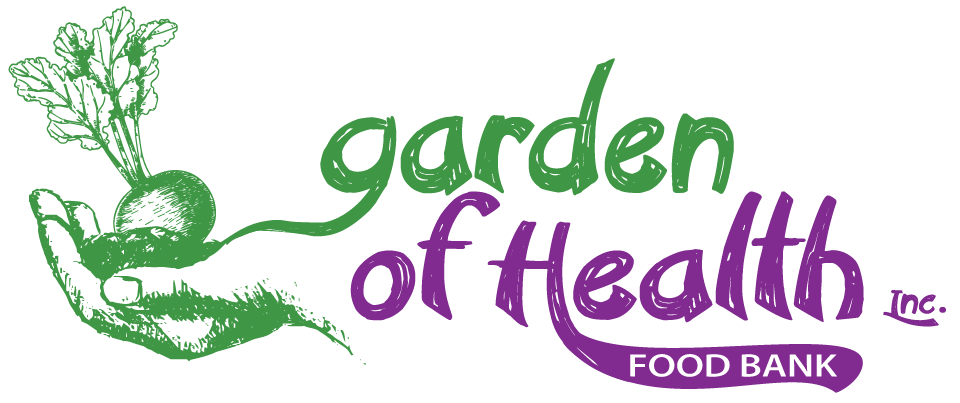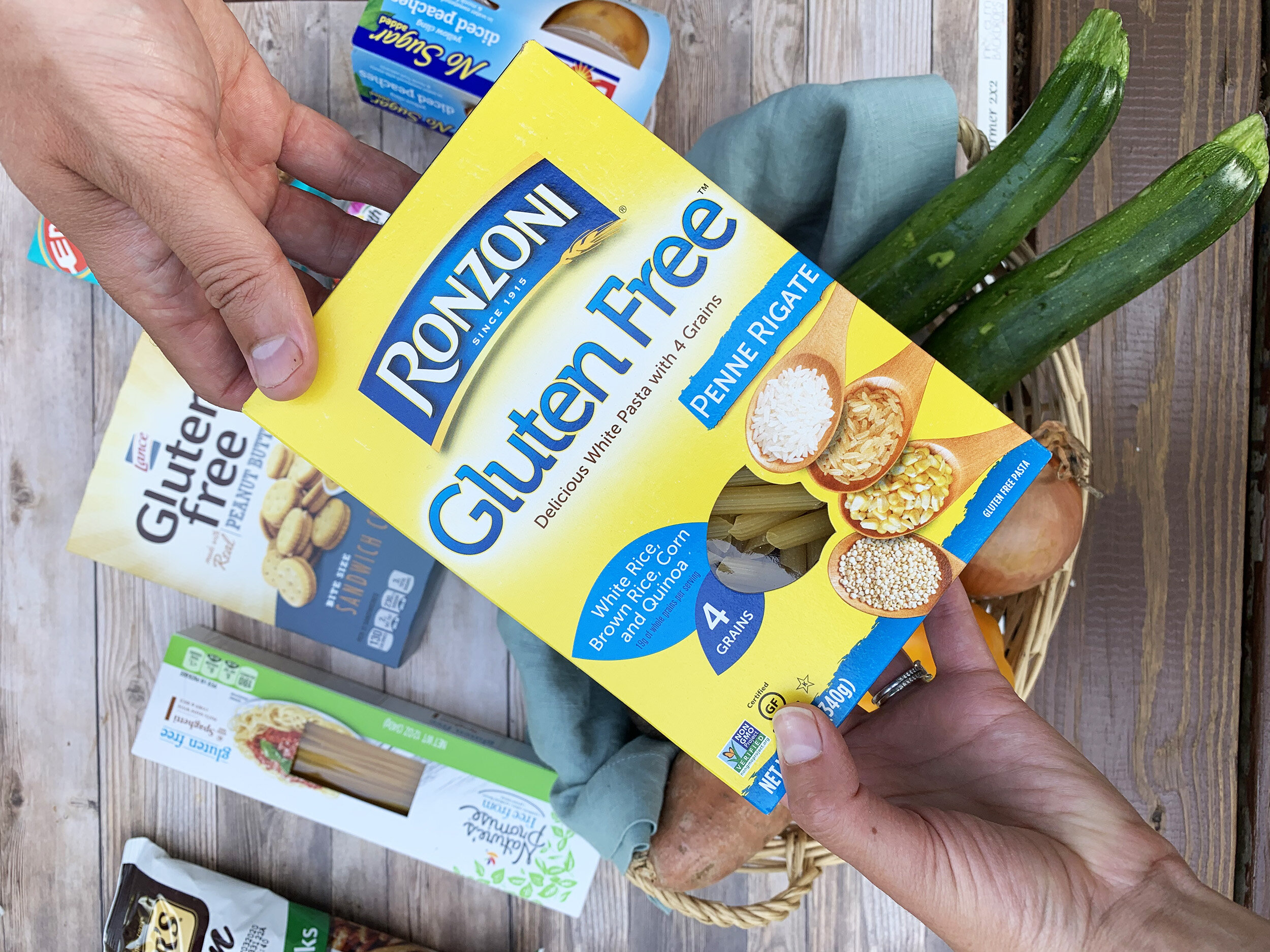
About Us
What We Do
We distribute fresh produce and food free of the top eight allergens to food pantries, low-income senior housing and community groups in Montgomery and Bucks Counties in Pennsylvania. Unfortunately, these foods are not donated to food pantries on a regular basis but there is a need for them! That’s where we come in
How It Works
We partner with food pantries and educate them on what foods are allergen-friendly and how to make sure they are getting to the people who need it most. Through this education, we help sort and set up a dedicated space for allergen-friendly foods so volunteers and staff can maintain proper distribution. Our food bank makes regular deliveries to our food pantry partners and community organizations.
Customization is key. Each pantry's needs are different. For example, one may have a lot of diabetic clients, while another may see a large population of kids with nut allergies. We take all of these needs into account when shopping and packing our deliveries.

By The Numbers
102,000
The number of people in Montgomery and Bucks Counties who are food insecure (Feeding America)
54 Million
The number of people who may experience food insecurity in 2020, including a potential 18 million children, due to the effects of Coronavirus (Feeding America)
32 Million
The number of people in America have food allergies (FARE).
1 in 133
How many people in America suffer from Celiac Disease (Beyond Celiac).
Our Story
Our food bank was started by Carol Bauer, a mom of four, who’s daughter was having symptoms of celiac disease that went undetected and mis-diagnosed for years. She had constant migraines, joint pain, stomach pain, nausea and brain fog. After persistence and multiple doctors, she was diagnosed with Celiac Disease and had to have her gallbladder removed. Her story is not uncommon, as Beyond Celiac reports, 6-10 years is the average time a person waits to be correctly diagnosed.
As regular volunteers at the Keystone Opportunity Center Food Pantry in Souderton, Pennsylvania, Carol’s family quickly realized that there wasn’t any food at the pantry her daughter could eat. This posed the question – “What do food insecure people do that have food allergies?”. Unfortunately, the answer is they often are forced to eat food that can make them sick or they go hungry. Carol started talking with Keystone about the need for special dietary foods and more fresh produce year round and uncovered a growing need that was wide-spread.
In 2015, the non-profit food bank, Garden of Health Inc. was launched, with a goal of using community gardens to educate and empower low-income families to grow their own food. Carol planted the first eight garden beds at Zion Mennonite Church in Souderton. The concept quickly took off and by 2016 over 20 gardens were planted and regular donations from wholesale food suppliers and local farms were coming in and being distributed to local food pantries.
In 2019, the Garden of Hope was launched, on a one-acre plot of land in Harleysville, PA - run solely by volunteers. All produce is donated locally.
Currently, the food bank serves Montgomery and Bucks counties. We donate food to over 35 food pantries and community organizations and distributed over 380,000 pounds of healthy food in 2021.






